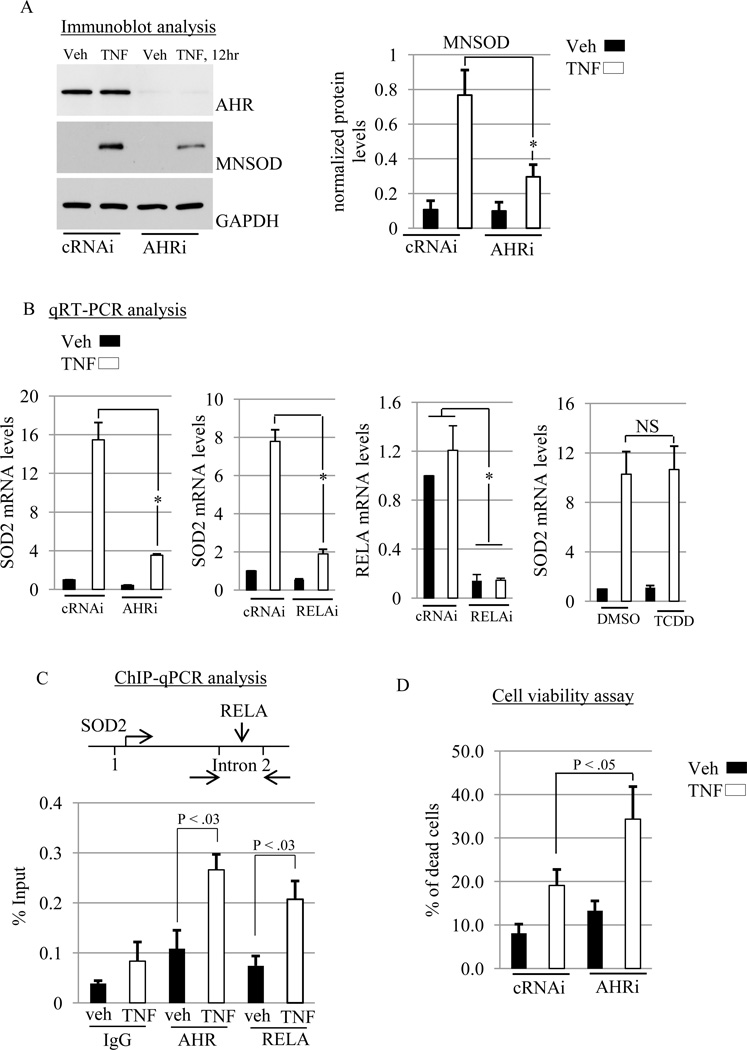Fig. 5. AHR promotes TNF induction of MNSOD.
(A) MCF-7 cells were transfected with control (cRNAi) or AHR (AHRi) siRNAs (please see methods for details regarding transfection) prior to treatment with vehicle (Veh) or TNF (10 ng/mL) for 12hr. Total cellular protein was then isolated and subjected to western blot analysis. The blot was then probed with the indicated antibodies. Relative level of MNSOD protein was expressed as a ratio of MNSOD/GAPDH. A significant decrease in MNSOD protein by AHRi is indicated by (*, P < .001). (B) RT-qPCR analyses of SOD2 and RELA mRNA levels in MCF-7 cells transfected with control (cRNAi), AHR (AHRi) or RELA (RELAi) siRNAs prior to vehicle (Veh) or TNF (10 ng/mL) treatment for 12 hr. Significant decreases in SOD2 or RELA mRNAs is indicated by (*, P < .001). For TCDD stimulation, MCF-7 cells were stimulated with either dimethyl sulfoxide vehicle (DMSO-veh) or TCDD (10 nM) in the presence of vehicle or TNF (10 ng/mL) for 12 hr, followed by measurement of SOD2 mRNA with RT-qPCR. No significant difference is indicated by (NS). Gene expression was normalized against GAPDH. (C) MCF-7 cells were treated with vehicle (Veh) or TNF (10 ng/mL) for 12 hr and chromatin immunoprecipitation (ChIP) experiments were conducted, followed by real-time Q-PCR (ChIP-qPCR). A significant increase in AHR and RELA binding on an intronic NFKB response element in the SOD2 gene induced by TNF is indicated (*, P < 0.03). (D) MCF-7 cells were transfected with cRNAi or AHRi prior to treatment with vehicle (Veh) or TNF (10 ng/mL) for 12 hr and cell viability was determined as outlined in the Materials and Methods. Significant increases is indicated (*, P < 0.05) (A–D) Data shown are the means ± S.E. of at least three independent experiments.

